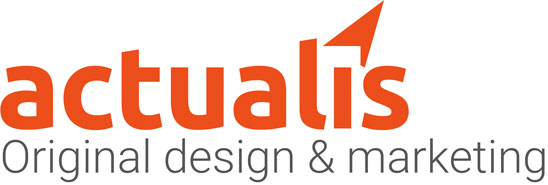The fastest route to competitive advantage

Market segmentation is arguably the most powerful tool available for generating a distinct competitive advantage.
Effective marketing strategy is built around the ideal client, defining how you will serve them and the tactics you will deploy to attract them.
Fundamentally it’s the difference between a shotgun approach, where the widest area possible is peppered with shot, in the hope that someone is ‘hit’ and a rifle approach, when care is taken to aim precisely at the right target.
There are many immediate benefits from segmenting including:
- Tailoring your value proposition to each segment
- Fine-tuning messages to these segments
- Viewing customers based on business drivers – theirs and ours
- Identifying priority segments
- Identifying higher value segments
- Identifying higher opportunity segments
- Allocating resources based on priorities
- Supporting sales approaches
Segmenting your markets is simple:
- Rank clients by revenue and profit over the last 12-36 months
- Identify those that are the most profitable and those which are not paying their way
- Repeat this exercise by service to understand the most profitable work and identify work that is no longer profitable
- From the profit list – identify the clients who have supported you with references, testimonials, white paper participation and press interviews. Only happy clients will assist in this way and happy clients are most often found because you are a good match for what they need
- This narrow group of profitable clients, the ones that also help you, are the key to discovering your ideal client profile
- What common characteristics do they share? Industry, size, location etc
- Select and rank the segments that you want to target
Think particularly about what triggers each segment to go looking for a new provider and what buying behaviour they exhibit that might be acted on.
For example, if you know they attend trade events, you might exhibit at a few of these or even arrange to speak.
CRM systems make the sales, marketing and customer service functions much more efficient.
If you haven’t implemented one, this is a great time to start your CRM thinking by building custom profiles, based around your identified segments, including much richer information than your competitors would capture.
All great businesses are customer focused, and now that you have a deeper understanding of your ideal customer, it’s time to consider how this might affect your offerings, revenue streams, distribution channels and even pricing.
Consider how you can reach this market, who you can partner with and what resources you will need to make an impact.
This segmentation process is not a one-off. As you learn and grow, your segments will evolve too.
This continual process of discovery is vital to stay in touch with your segments and to guide your strategy in other areas like developing new services and opening up new markets.
Related Posts
Incoterms 2020 infographic produced for TT Club
10 steps to your awards success
Noatum Logistics short-listed in three key industry trade awards
You can be a thought leader
 Actualis provides a one-stop resource to handle all your design and marketing requirements; from a single project to a complete overhaul.
Actualis provides a one-stop resource to handle all your design and marketing requirements; from a single project to a complete overhaul.





Sorry, the comment form is closed at this time.